The Blue Boat, Grindstone Island, NY, Circa 1930’s – 1950’s
by: Manley L. Rusho
Our family boathouse on Grindstone Island sat in the middle of a bay on a piece of shorefront facing the town of Clayton. Up the hill sits the farmhouse where I was born in 1931. I can only guess that the boathouse was built around 1900. The original owners of the property were people of wealth, as the building was a very serviceable place along with being beautiful. The construction engineer knew what he was doing, as the structure was built very solidly and is still standing today.
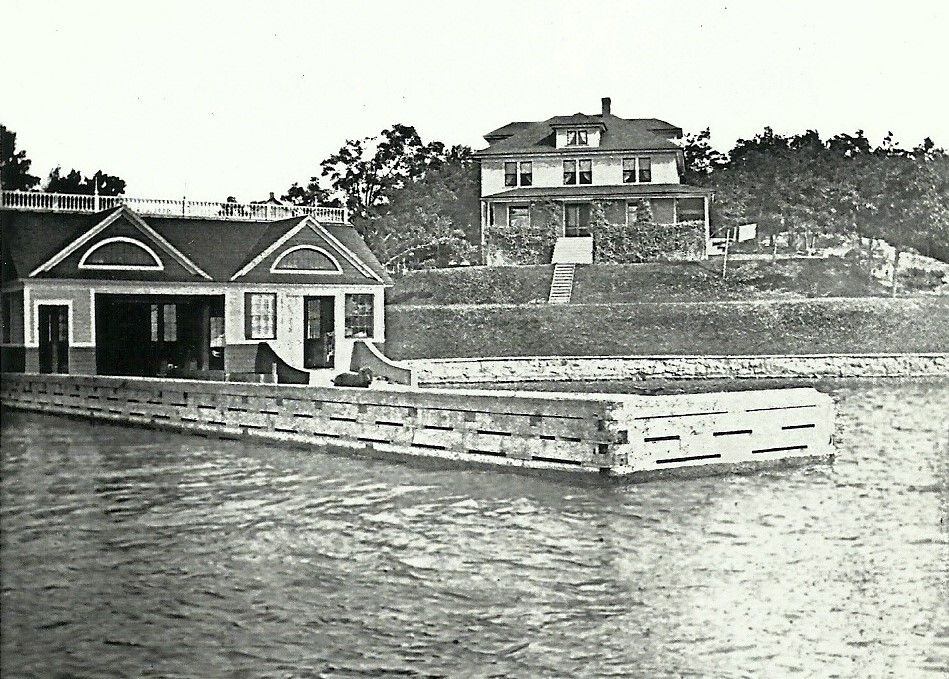
Most of the time when I was growing up, the entire east side of our boathouse was consumed by a boat, which we simply called the Blue Boat. She (I will always refer to any boat as a “she”) was a true queen of the River. She was painted a light grey-blue with an open cargo area, a black hardtop, a single all-around light on the top, and port and starboard lights mounted on each side of the deck. Near the bow, the small cabin had metal letters 7B123 nailed to the hull. The front deck had two hatches that closed together so tightly that I never remember any water coming in. Also, sitting in the front of the boat was a 20-gallon fuel tank.
She was built by Brooks Lumber Company in Clayton, NY. To my knowledge, there were two boats built by Brooks Lumber; my grandfather (Manley A. Rusho) bought this one to make his deliveries of milk, vegetables, and ice to the different island homes. Captain Bob Garnsey bought the other, larger boat, the Mary E. The Mary E. was well known around the region as the official transportation from Grindstone Island to Clayton for the school children going back and forth. It was also known to transport goods and freight as needed for the people of Grindstone Island.
In the Blue Boat, the old Red Wing motor had been moved at some point from the front space under the deck and was replaced with a more modern engine that was located almost midship. The new motor was a Chrysler 6-cylinder flat head, fitted with a reduction gear and a lever clutch for forward, reverse, and neutral. It was perhaps a 90-horse powered engine, or maybe a little more.
The new engine mounts were installed with stringers that extended to the rear deck to support the heavy loads of milk and ice. Her inside lining was pine that matched the deck. There was no back seat, providing a lot of open space for these deliveries. The transom steering was done by a shaft connected to a gear box in the steering wheel. Why no scuppers were ever installed, I never knew or asked.
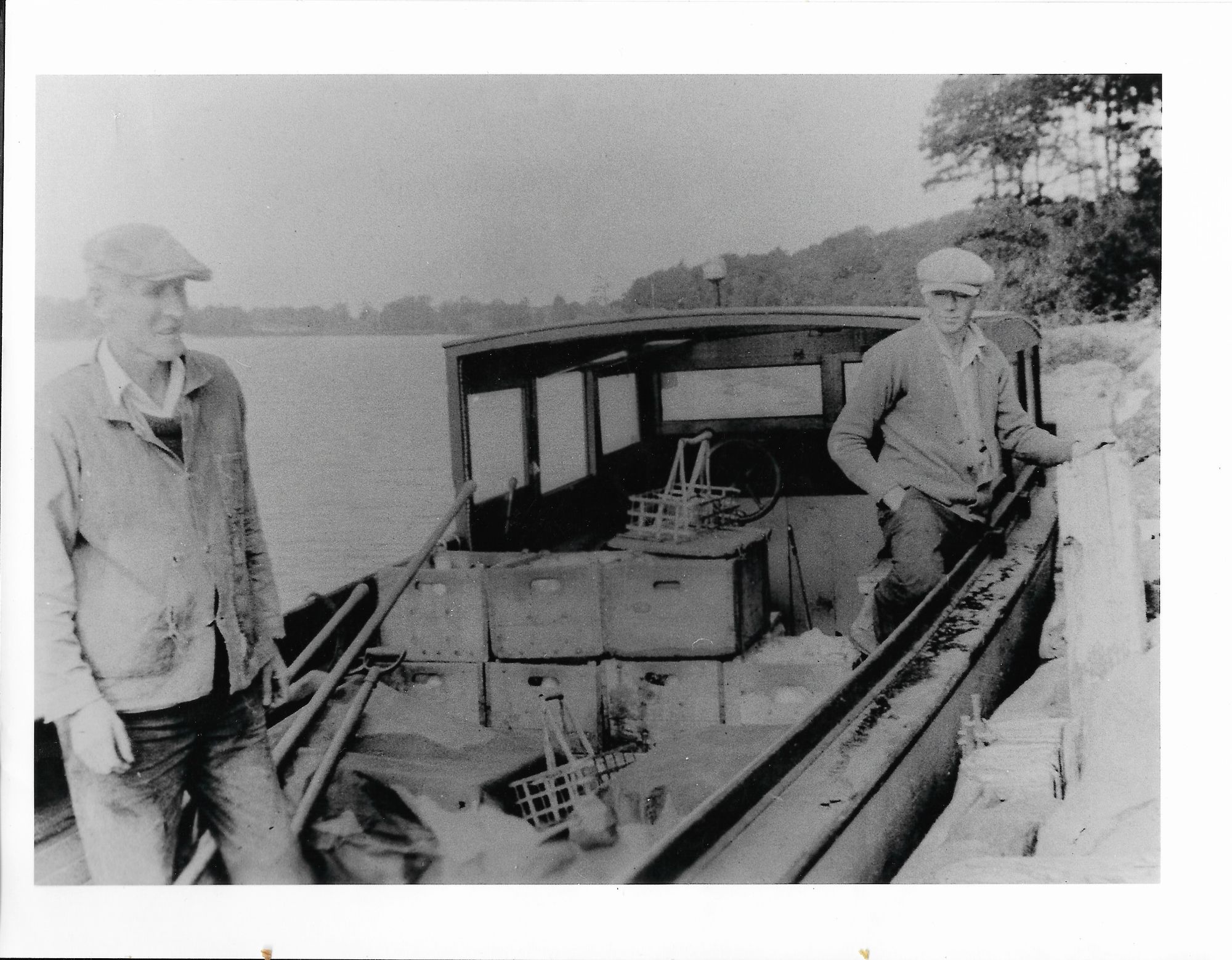
Boy, was she fun to drive! She slid through the water like a dream, never fast, just smooth as silk. Even at half-speed, she’d glide along and during rough weather she rode like a duck – lifting with ease up on the waves and gently down again. With this boat, you were guaranteed to stay dry and comfortable no matter what the weather.
Docking the Blue Boat was easy with a large rudder keeping her straight. When the time came to reverse, you pulled the clutch lever to the rear, increased the throttle speed, and the large prop stood her on her nose.
The Blue Boat had an important job for many years – to deliver milk, ice, and vegetables to my grandfather’s customers in the nearby summer island cottages. By the late 1930’s, my grandfather had passed away and most of the milk delivery business was gone. My father turned his business attention to the Grindstone Island Cheese Factory [See August 2024] to sell the milk from our farm. The boat sat in the boat house, basically unused except for trips to Clayton, and I would take it to Clayton with my island friends on Saturday nights to go to the movies – a must!
The ol’ girl was a tight boat with only some minor leakage around the block and rudder shaft. We kept a toolbox in the boat that included a full socket kit for quick repairs. I remember a time we were in Clayton and for some reason, the engine of the Blue Boat would not start. It turned out to be a broken valve. I took a quick walk to my uncle’s Dodge dealer in town, bought a new valve, repaired it, and off we went back to Grindstone.
During the WWII era from 1940 to 1945, she was our only boat. In 1945, my father purchased another boat named the Dobbs [See November 2021]. With two boats comes twice the work, and as it turned out, the Blue Boat became the work boat, carrying heavy loads – or if the weather was rough, she was the ride to take. She was perfect for hauling loads of equipment or gasoline, or even a group of island people to town.
At some point in the 1950’s, my father grew tired of the constant repairs and the upkeep of two boats, so he pulled the Blue Boat ashore and set her on fire. The old wood burned quickly, and sadly, the old Blue Boat was no more.
By Manley L. Rusho
Manley Rusho was born on Grindstone Island nine+ decades ago. Back in 2021, Manley started sharing his memories with TI Life. (Manley Rusho articles) This Editor and his many friends send our very best this Christmas, and since we are about to start 2025 we can say a genuine Happy New Year Manley, and Thanks for the Memories.
We know Manley has moved south and is now in a residence where we are sure his fellow mates are enjoying his stories as much as we do. As always, we thank you sir, most sincerely, for sharing - and memories of the Blue Boat, the Dobbs and so many more are much appreciated.
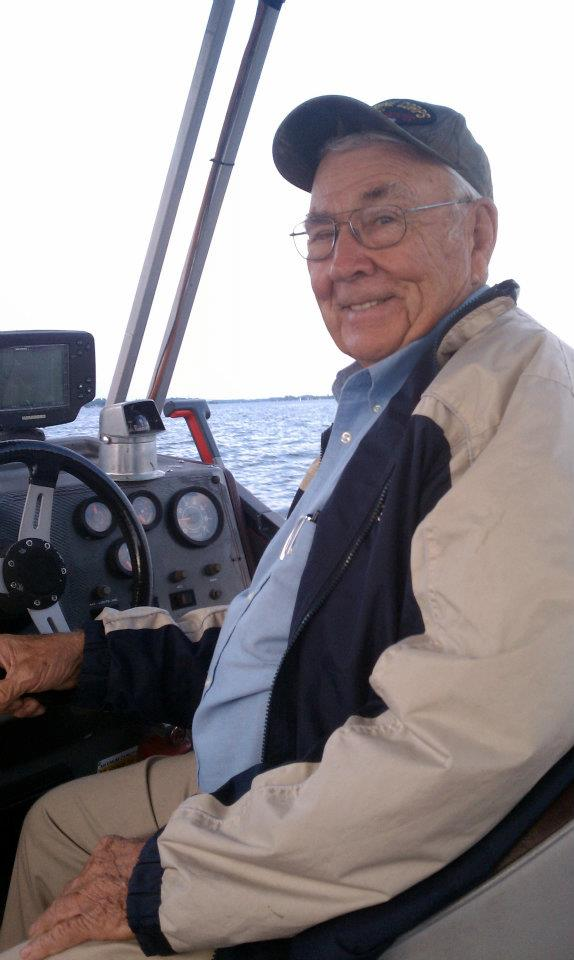


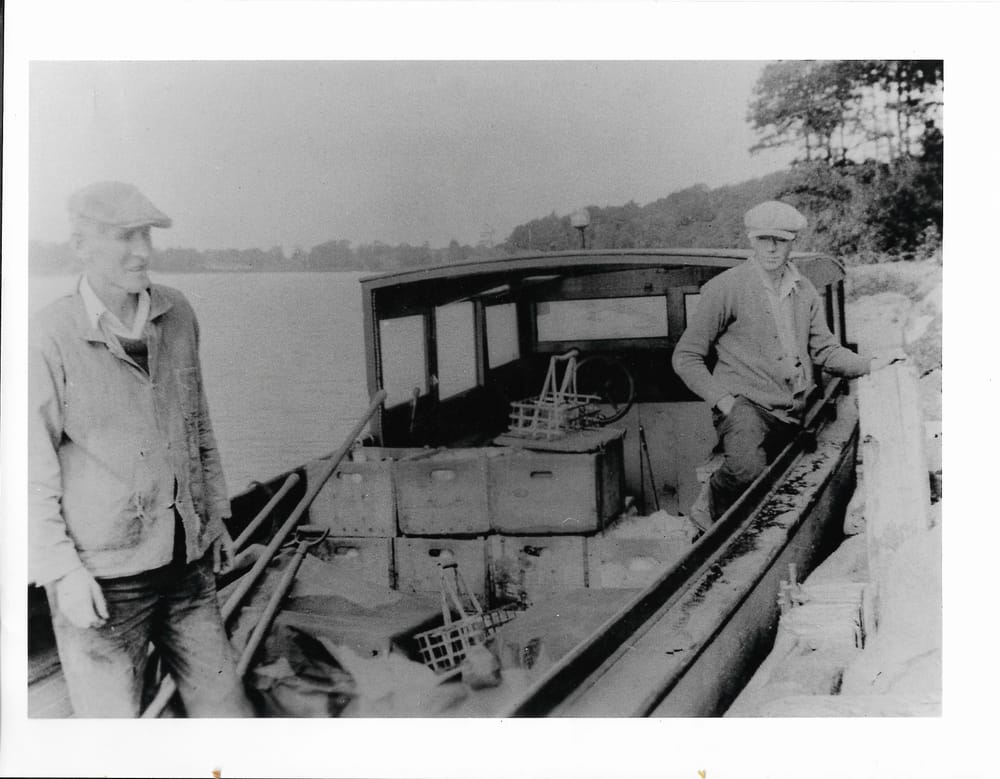
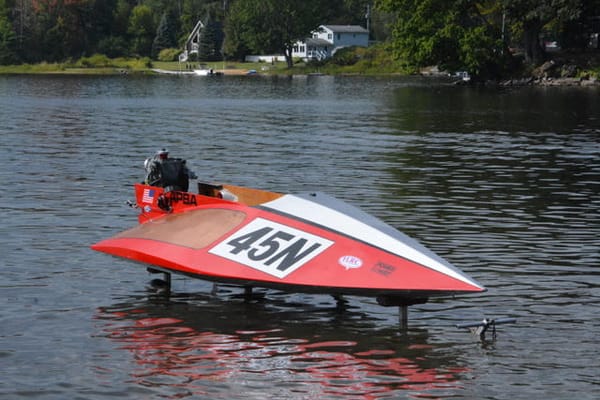


Please click here if you are unable to post your comment.